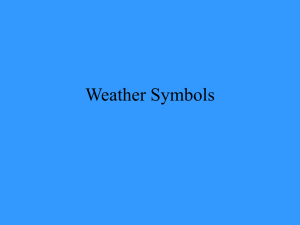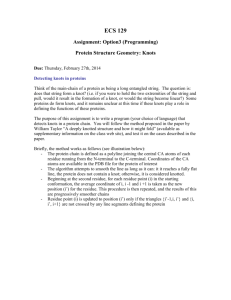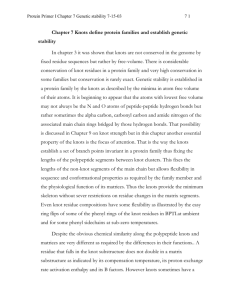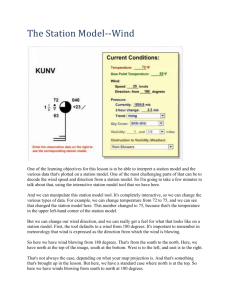On composite twisted torus knots Dedicated to Professor Akio
advertisement
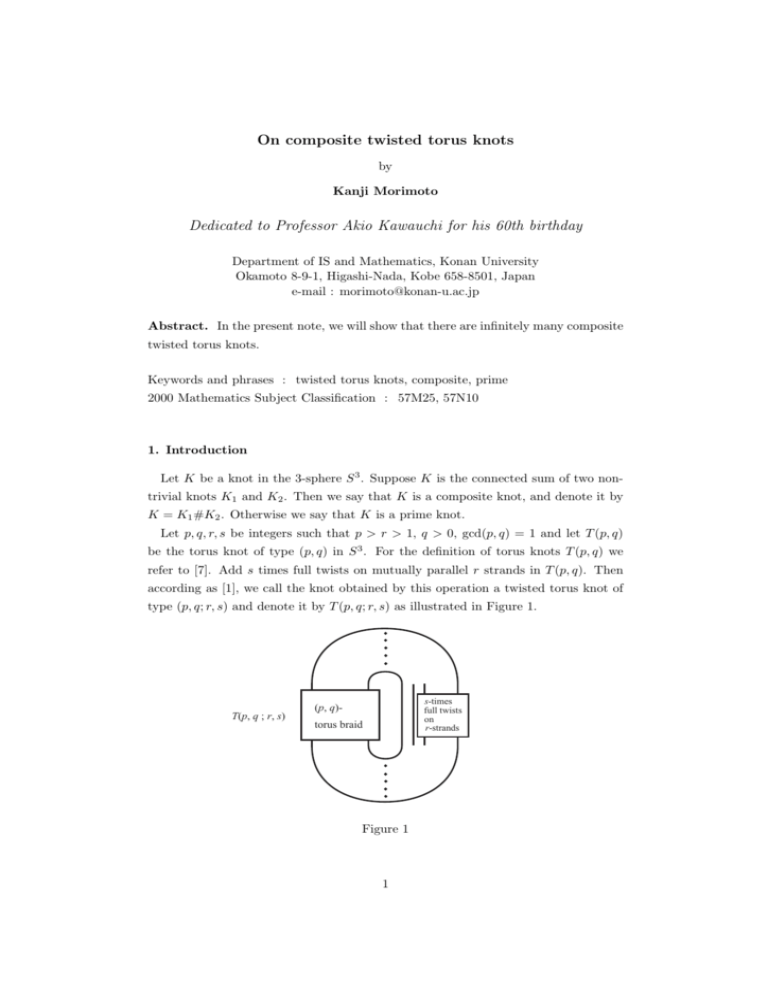
On composite twisted torus knots by Kanji Morimoto Dedicated to Professor Akio Kawauchi for his 60th birthday Department of IS and Mathematics, Konan University Okamoto 8-9-1, Higashi-Nada, Kobe 658-8501, Japan e-mail : morimoto@konan-u.ac.jp Abstract. In the present note, we will show that there are infinitely many composite twisted torus knots. Keywords and phrases : twisted torus knots, composite, prime 2000 Mathematics Subject Classification : 57M25, 57N10 1. Introduction Let K be a knot in the 3-sphere S 3 . Suppose K is the connected sum of two nontrivial knots K1 and K2 . Then we say that K is a composite knot, and denote it by K = K1 #K2 . Otherwise we say that K is a prime knot. Let p, q, r, s be integers such that p > r > 1, q > 0, gcd(p, q) = 1 and let T (p, q) be the torus knot of type (p, q) in S 3 . For the definition of torus knots T (p, q) we refer to [7]. Add s times full twists on mutually parallel r strands in T (p, q). Then according as [1], we call the knot obtained by this operation a twisted torus knot of type (p, q; r, s) and denote it by T (p, q; r, s) as illustrated in Figure 1. T(p, q ; r, s) s-times full twists on r-strands (p, q)torus braid Figure 1 1 Twisted torus knots are deeply related to unexpected Dehn surgeries. In fact, the famous hyperbolic pretzel knot P (−2, 3, 7) found by Fintushel–Stern in [2] is the twisted torus knot T (5, 3; 2, 1). In addition, many similar hyperbolic twisted torus knots have been found in [1]. Moreover, twisted torus knots have interesting properties in the additivity of tunnel numbers of knots as in [4]. Therefore, the family of twisted torus knots has been considered as an important class in studying of knot theory. By a little observation, we see that T (p, q; 2, s) has tunnel number one for any choice of p, q, s, and is prime by [6]. Moreover, J. H. Lee has recently shown in [3] that T (p, q; 3, s) has also tunnel number one for any choice of p, q, s, and is prime by [6] again. In fact, so far, no composite twisted torus knot has been known. Therefore, we need to ask if there are composite twisted torus knots. In the present note, we will answer to this question as follows : Theorem 1. Suppose p = (a + 1)(k1 + k2 ) + 1, q = a(k1 + k2 ) + 1, r = p − k1 and s = −1 for some integers a > 0, k1 > 1 and k2 > 1. Then T (p, q; r, s) is the connected sum of T (k1 , ak1 + 1) and T (k2 , −(a + 1)k2 − 1). Examples. (1) Put a = 1, k1 = k2 = 2, then p = 9, q = 5, r = 7 and T (9, 5; 7, −1) ∼ = T (2, 3)#T (2, −5). (2) Put a = 2, k1 = 4, k2 = 2, then p = 19, q = 13, r = 15 and T (19, 13; 15, −1) ∼ = T (4, 9)#T (2, −7). By the way, it is well known that composite knots have essential tori in the exteriors. Concerning the conditin for twisted torus knots to have essential tori in the exteriors, we have shown in [5] that for any composite number r = km (k > 1, m > 1), there are infinitely many twisted torus knots T (p, q; r, s) which have essential tori in the exteriors. Moreover, we have shown that those knots are cable knots along some torus knots, and are prime. Therefore, by these results, we need to consider the following problem : Problems. (1) Characterize the knot types of composite twisted torus knots. In particular, we conjecture that the condition in Theorem 1 is also a necessary condition for twisted torus knots to be composite knots. (2) Characterize the knot types of prime twisted torus knots with essential tori. 2. Proof of Theorem 1 Let K = T (p, q; r, s) be the knot as in Theorem 1, i.e., p = (a + 1)(k1 + k2 ) + 1, q = a(k1 + k2 ) + 1, r = p − k1 and s = −1 for some integers a > 0, k1 > 1 and k2 > 1. Then we can regard p, q, r as follows : p = (a + 1)(k1 + k2 ) + 1 = k1 + k2 + k1 + k2 + · · · + k1 + (k2 + 1), 2 q = a(k1 + k2 ) + 1 = k1 + k2 + · · · + k1 + (k2 + 1), r = p − k1 = k1 + k2 + k1 + · · · + k2 + (k2 + 1). Then we can divide p strings into a + 1 bunchs of k1 strings, a bunchs of k2 strings and one bunch of k2 + 1 strings, can divide q strings into a bunchs of k1 strings, a − 1 bunchs of k2 strings and one bunch of k2 + 1 strings and can divide r strings into a bunchs of k2 strings, a bunchs of k1 strings and one bunch of k2 +1 strings as in Figure 2, where Figure 2 is the case of a = 2, k1 = 4, k2 = 2, i.e., K = T (19, 13; 15, −1). First, deform the first bunch of k1 strings in the p strings as in Figure 3(1), and then deform the second bunch, the third bunch, · · ·, the ath bunch of k1 strings, and finally decompose the knot T (p, q; r, s) into two knots at the place indicated in Figure 3(2). Next, take the knot which consists of k1 strings from the two knots obtained in Figure 3(2) as in Figure 4(1). Then we can see that the knot in Figure 4(1) is a torus 2π knot which consists of k1 strings with a times full twists and rotation as in Figure k1 4(2). Thus we see that the knot is the torus knot of type (k1 , ak1 + 1). Finally, take the other knot in Figure 3(2). Then we can see that the knot in Figure 2π 5(1) is a torus knot which consists of (a + 1)k2 + 1 strings with · (−k2 ) (a + 1)k2 + 1 rotation as in Figure 5(2) because ak2 + 1 − ((a + 1)k2 + 1) = −k2 . Thus we see that the knot is the torus knot of type ((a + 1)k2 + 1, −k2 ). In addition, this knot is the same knot as the torus knot of type (k2 , −(a + 1)k2 − 1). This completes the proof of Theorem1. In the case of Figure 2, we have K = T (19, 13; 15, −1) = T (4, 9)#T (7, −2) = T (4, 9)#T (2, −7). k 2+1 k1 k2 k 2+1 k 2+1 k1 k1 k2 k2 Figure 2 3 decompose here (1) (2) Figure 3 k1 a times full twists +1 (2) (1) Figure 4 4 (a+1)k 2+1 -((a+1)k 2 +1) ak 2 +1 (2) (1) Figure 5 References [1] P. J. Callahan, J. C. Dean and J. R.Weeks, The simplest hyperbolic knots, J. Knot Theory Ramifications, 8 (1999) 279–297. [2] R. Fintushel and R. Stern, Constructing lens spaces by surgery on knots, Math. Z. 175 (1980) 33–51. [3] J. H. Lee, Twisted torus knots T (p, q; 3, s) are tunnel number one, preprint. [4] K. Morimoto, M. Sakuma and Y. Yokota, Examples of tunnel number one knots which have the property “ 1 + 1 = 3 ”, Math. Proc. Camb. Phil. Soc. 119 (1996) 113–118 [5] K. Morimoto and Y. Yamada, A note on essential tori in the exteriors of torus knots with twists, Kobe J. Math., 26 (2009) 29–34. [6] F. H. Norwood, Every two generator knot is prime, Proc. A. M. S., 86 (1982) 143-147. [7] D. Rolfsen, Knots and Links, AMS Chelsea Publishing (2003) 5




